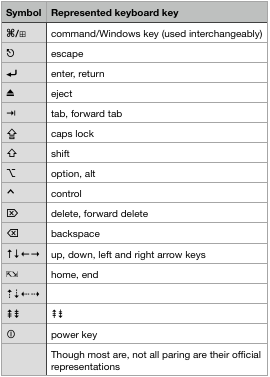Onboarding
Welcome to PremLINK.
It's likely that along the link to this site you received a set of credentials (username and password). If you did not type in the password personally and in a confidential manner but rather it was chosen for you; then it's a temporary password. Meaning, your account lacks a permanent password and thus it's locked. To unlock it you need to set a new password.
TLDR
Go to antipostal.com and log in with the credentials you received. Follow the steps until you access your mailbox. New accounts start several servers on the background; pages will look as if they're not doing anything but they are in fact waiting for the services to come online. Be patient, Avoid refreshing your browser; instead open the site in a private browsing session without closing the one that's waiting—don't make any changes in the newer session, don't accept, decline or cancel anything. You're only doing this to "wake" the servers, if you will.
Password requirements: special characters
Passwords in PremLINK are pretty lax, you are not forced to include certain types of characters for a password to be valid, you do however need to make it somewhat lengthy.
Password requirements: length
How long? It's best you don't know for sure, at least for the time being. It's recommended to choose a passphrase rather than a password i.e. a sentence. It will be long enough and easier to type. Though your password can include spaces, it's best you avoid them because the support for spaces in passwords varies across apps.
Across apps? What do you mean?
The Directory Service
The account we're talking about is commonly known as a domain account, or a directory [service] account. A directory service is a form of database but tuned specifically to store user credentials. Various services (or "apps") use the directory to get the user base that will be allowed to access the service. Directory accounts let you share data between apps and use a single username across all services/apps
Setting a new password / Unlocking your account
As mentioned, you're account is locked while it has temporary credentials so you will not be allowed to continue until you set permanent credentials. Most apps and services will inform you about this or fail silently but a few highly secure apps that are allowed to write to the directory will offer you the chance to change your password in the spot. We'll go briefly over a few of them; please note that there are many others not listed here. Whatever works for you is fine.
Antipostal.com Webmail
Also known as "Outlook on the Web" and "Outlook Web Application" (OWA).
Perhaps this might be as good a time as any to tell you that your domain account comes with Exchange Services (Enterprise-grade email and sync of contacts, calendar, etc). You can set your password and set your initialize your Exchange services in a single place. Just go to antipostal.com and try to log in, you'll be asked to set a new password, choose a language and a time zone. Be patient: the first time you access these services about 14 servers are started for you if they're not already running.
ADFS (Active Directory Federation Services) Password Update
ADFS has a simple password update app perfect for accounts that had their password reset.
Your own desktop
This only applies for users logged in on computers joined to the Active Directory domain, for which they need to be connected from which they can "physically" reach the "Active Directory servers" (i.e. Domain Controllers) or that can reach the Domain Controllers through a tunnel.
Integration compatibility
Windows 1)
Windows 8.1 or newer
Windows Embedded 8.1 or newer
Windows Server 2012 R2 or newer
macOS
macOS is compatible since Snow Leopard (Mac OS X 10.6 "Snow Leopard") up to current macOS.
macOS stopped being supported on 10.15 due to its closed, locked down nature. However, up to 10.14 support for it is still offered.
Linux
While not supported due to its capability of endless configurations, some readily available distributions support Active Directory out of the box and integrate transparently with the system. Changing one's password from Linux is no possible though but you might get different results. The tested (and recommended) are:
Red Hat Enterprise Linux 8 or later
Debian 11 or later
Zorin OS
Fedora 30-ish.
If you're not logged in
Log in using your temporary credentials. Your system automatically will ask you to set new credentials.
If already logged in
On Windows: On the keyboard, press ⌃⌥⌦ to access the Secure Desktop, among the options there's an option to change your password.

On macOS: Summon Spotlight pressing ⌘spacebar then start typing Users & Groups click on the first result you see from System Preferences. Find your account name and click it. You should see a Change Password… button if it wasn't shown before. As in its Windows counterpart, this updates the password on the directory as well as on the local account on your system.
PremLINK doesn't actively support macOS systems newer than 10.14 (Mojave).
